
21 · female · diagnosed asperger'sThe vacuum of outer space feels so comfy :)
233 posts
Latest Posts by cozy-airlessness - Page 7

Saturn’s moons, Enceladus and Tethys line up almost perfectly for Cassini’s cameras.
This is a new sideblog of mine




Small Earth render pack
Also featuring Luna!
Made using the Steam version of SpaceEngine. Feel free to use without credit, but crediting the SpaceEngine team is courteous!










Mercury Friendship 7
Gravitational Lens passing in front of Hubble Deep Field North Lensing by a black hole. Animated gravitational lens simulation caused by a Schwarzschild black hole passing through several background galaxies. Credit: ESA/Hubble (M. Kornmesser & L. L. Christensen)


Great shots of China’s Chang’e 4 lander, the first Chinese spacecraft to make a soft landing on the surface of the Moon. These were taken from the Yutu 2 robotic rover.
Interesting to note, the Yutu 2’s mission was supposed to last only 3 days, but it’s exceeded that by 362 days!
More can be seen at moon.bao.ac.cn
Tiny Shuttle inspects the engines of a huge Soyuz

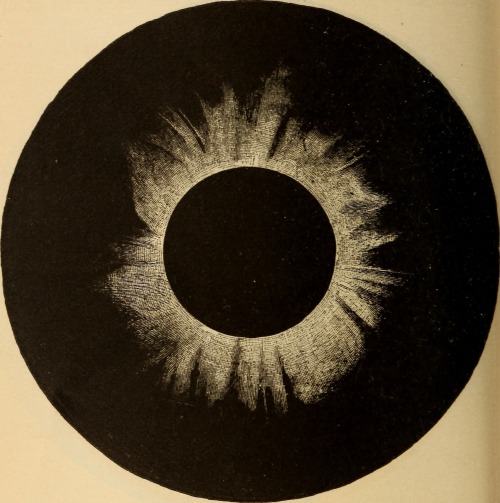
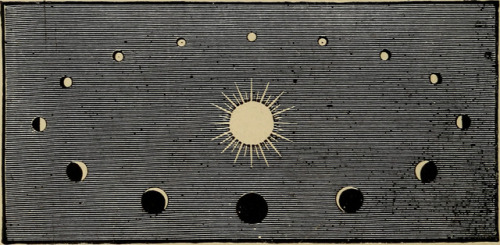
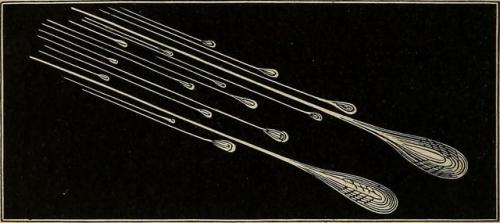
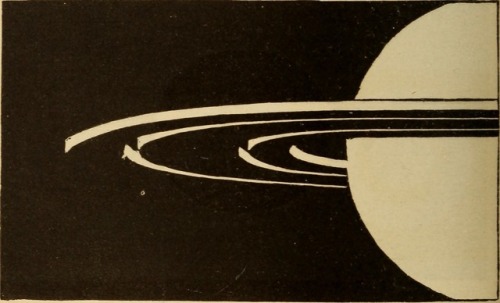
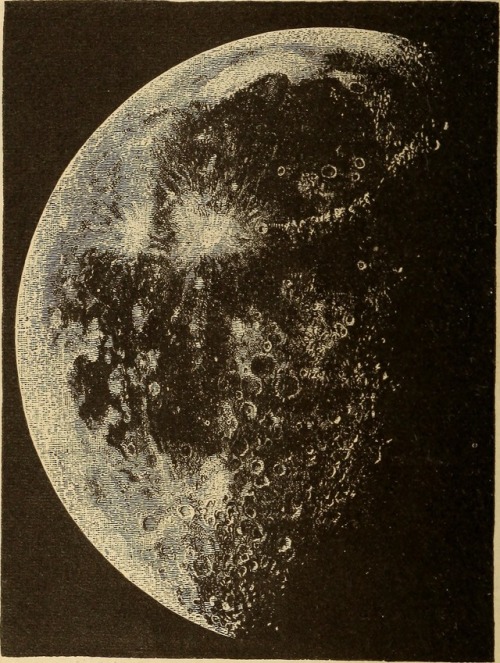
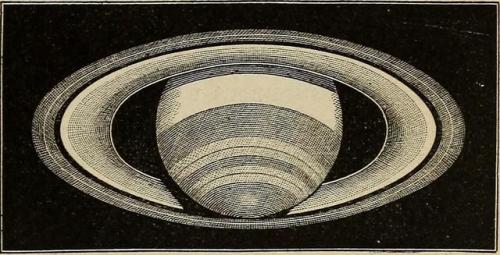
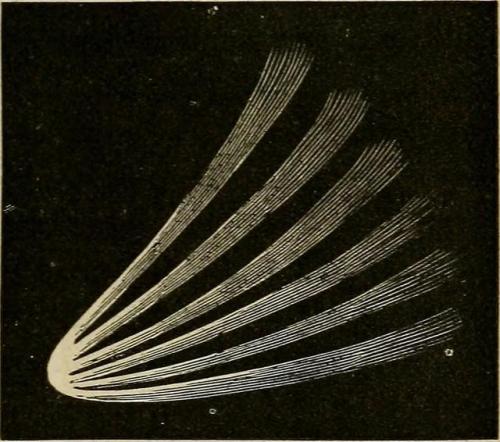
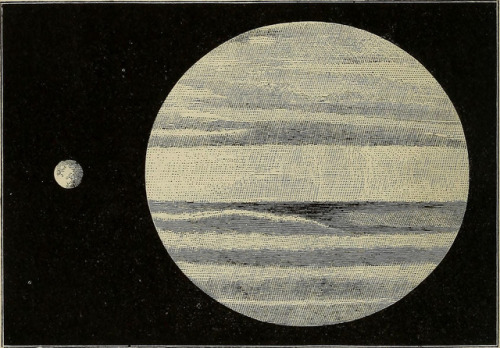
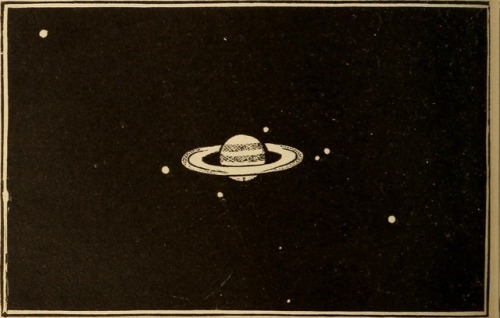
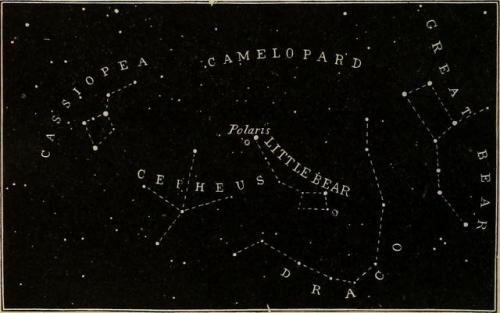
Artist’s impression and illustrations of ancient observations of Planets, comets, eclipse, moon, constellations, etc. (Images taken from the book: Astronomy for the use of schools and academies, Astronomy for amateurs, Elements of astronomy, A short course in astronomy and the use of the globes)
Credit: Internet Archive Book Images




Christmas Hanukkah in Space: Day 12
Jeff Hoffman of STS-61 demonstrates how a dreidel works in zero gravity and displays his traveling menorah on the first day of Hanukkah, December 1993. Hoffman was the second Jewish American astronaut and the first to spend the holiday in space.
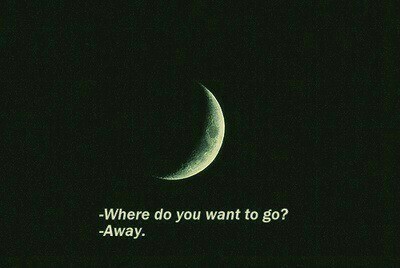










11. Gemini 7 and Gemini 6A
(Combining these two, or else I wouldn’t be able to fit every manned flight into a 20 day countdown!)
Date: December 4-18, 1965 (Gemini 7: 13 days, 18 hours, 35 minutes, 1 second) and December 15-16, 1965 (Gemini 6A: 1 day, 1 hour, 51 minutes, 24 seconds)
Crew: Frank F. Borman II and James A. “Jim” Lovell, Jr. (Gemini 7) and Walter M. “Wally” Schirra, Jr. and Thomas P. Stafford
Mission Highlights: The original Gemini 6 flight was set to take place in October 1965, to rendezvous and dock with the unmanned Agena Target Vehicle (ATV). However, the ATV exploded shortly after launch on Oct. 25, leading to the cancellation of Gemini 6. The mission was altered to work with another Gemini flight flying later that year, and renamed Gemini 6A.
6A’s sister flight, Gemini 7, launched on December 4th, piloted by spaceflight rookies Frank Borman and Jim Lovell. The main objective of Gemini 7 was to complete a long-duration spaceflight, testing the effects of the longest spaceflight to date (two weeks) on the human body. Testing food rations, undergoing medical experiments, collecting bodily waste samples, and trying to get comfortable in the extremely tight quarters proved to be challenging at times.
Meanwhile on the ground, Gemini 6A suffered significant delays that pushed launch from December 12 to the 15th. Once reaching orbit, Gemini 6A and Gemini 7 commenced rendezvous. Over the next four hours, the two spacecraft came within a foot of each other. An earlier proposal had included a double-EVA in which Jim and Tom would switch spacecraft, but that plan was eventually rejected on several grounds. However, both crews were impressed with the navigational abilities of the Gemini spacecraft and precision of rendezvous.
The next morning, shortly before Gemini 6A’s reentry, Wally spotted an unidentified (and particularly festive) flying object “in a polar orbit” around the Earth… (which also led to the first musical performance broadcast from space)!
After Gemini 6A descended to Earth, recovered by the USS Wasp in the Atlantic, Jim and Frank were left with three days in space and quite a bit of boredom. Malfunctions frustrated the tired and cramped (and smelly) crew. At some point, one of the astronauts (Jimbo) lost his toothbrush, forcing them to share just one. The crew was very eager for reentry by December 18. When the crew was recovered by the USS Wasp nearly 14 days after launch, Jim and Frank announced their engagement to the frogmen!
Significance: Both the successful rendezvous and long-duration flight were significant accomplishments for the American space program, as both objectives were essential to a lunar mission. The stellar rendezvous allowed NASA to move forward with an attempted docking (we’ll see how that goes tomorrow…). Several lessons were learned by forcing two astronauts into a tin can together for two weeks, many of which helped to improve the experiences of future Gemini and Apollo crew members. And, of course, the lifelong friendship between two American heroes became even closer (er, maybe a little too close?)

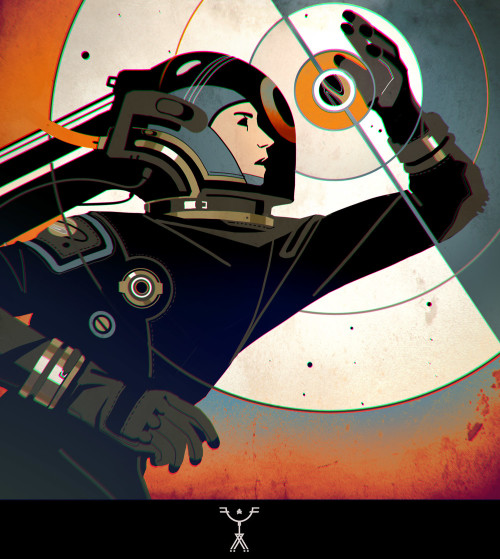
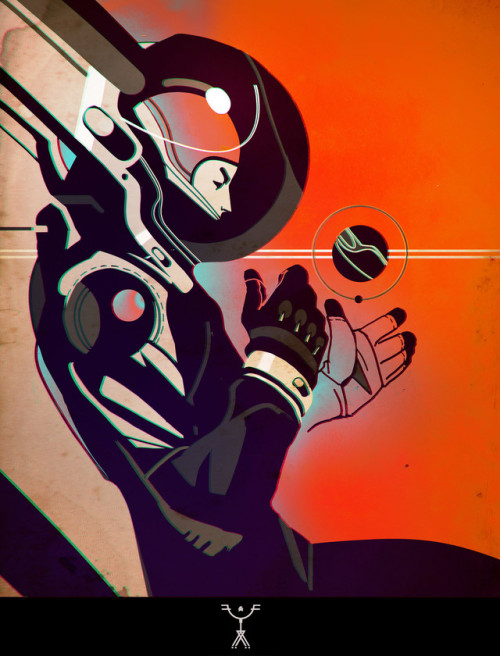
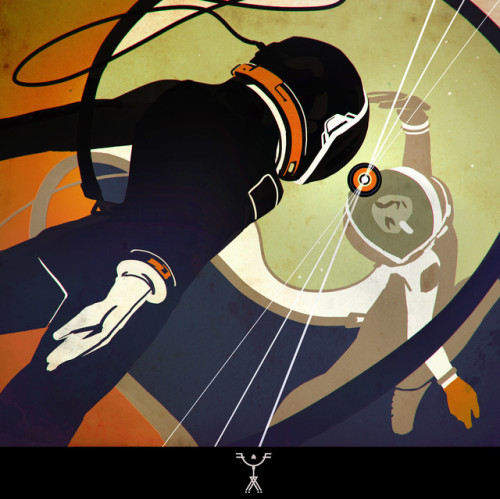
Space Travellers by Fred Augis
KSP Loading... Deep Dive on the Breaking Ground Enhanced Edition Expansion

Welcome to our official newsletter, KSP Loading…! If you want to learn about all the current developments of the KSP franchise, then this is the place to be!
Kerbal Space Program Update 1.9 on PC
The KSP team is so excited about the features being worked on for Update 1.9. Similar to the last update, 1.9 will focus on furthering the performance and graphical improvements to the foundations of the game. These improvements include: new textures and mappings for Celestial Bodies, new shaders, optimizations, additional revamps and much more. Our goal for update 1.9 will be to continue to build upon the foundations that make KSP great.
Terrain Revamp for Moho and Dres
We’re continuing to revamp our celestial bodies, and in 1.9, Moho and Dres are getting fresh high-quality texture maps & graphic shaders. Take a look!
KSP breaks ground on consoles!
As we announced recently, Breaking Ground, the second expansion of Kerbal Space Program Enhanced Edition is coming to PlayStation 4 and Xbox One on December 5th and it will have 100% feature parity with its PC counterpart.
Kerbal Space Program Enhanced Edition: Breaking Ground is all about exploration, experimentation and technological breakthroughs. With this expansion console players will be able to discover mysterious surface features across the moons and planets of the Kerbolar System. Players will also have the ability to collect data with brand new deployable experiments and design complex crafts with the addition of robotic parts.
Deployed Science
This feature will allow you to deploy experiments on the surface of celestial bodies to take measurements over time. You will need to bring these experiments with you, unpack them from storage containers on your craft and set them up to run. In order to do so, you will need to place a central station, one or more power generating devices and possibly a booster antenna to get your science base set up. The experiments and power generators will run better if the right kind of Kerbal sets them up, thus giving you more reasons to bring Kerbals with different professions on an adventure.

Click here to see the different experiments that will be available in Kerbal Space Program Enhanced Edition: Breaking Ground
Surface Features
Surface features are items of scientific interest scattered across all celestial bodies. These features include meteorites, craters, mineral formations, and even stranger planetary oddities. Surface features vary in size and Kerbal astronauts will be able to pick up and return the smallest of them to study back at KSC. However, larger specimens will need to be scanned and analyzed on-site by the newly developed Rover Arms. The Rover Arms come in three levels that you unlock via Research and Development, each of which have more sensors and tools that allow you to collect more science from the same surface feature.


Click here to see more images of Surface Features and the Rover Arm in high-res.
Robotics
With Breaking Ground, you will see a number of robotic parts including: hinges, pistons, rotors, rotational servos, propeller blades and turbo-shaft engines. Available in a range of shapes and sizes these new parts operate under realistic physics, with real forces and torques, electricity consumption and even motor mass accounted for.
We are also including a controller part that will let you coordinate the behavior of many different parts on your craft. Use Hinges to provide angles of rotation between two parts. Pistons give you linear motion. Rotors will allow you to generate torque around their axis. Rotational servos will give you precise control of angular position. Propeller Blades and Turbo-shaft Engines will allow you to build helicopters and other blade-propelled contraptions.
The KAL-1000 controller can sequence the actions of all the robotics parts and a number of other fields. It gives you access to a powerful track editor tool which lets you plan how parts will behave over time. Using this controller, you can set up complex cranes, walking crafts, disco lighting or whatever you can dream up!

Click here to see the Robotic Parts images in high-res.
The New Suit
This futuristic-looking suit was designed to match the spirit of Breaking Ground. It not only looks great on Kerbals, but offers customization where players can choose what color the helmet and suit lights will glow when in a darkened environment.

Click here to see the Suits in high-res.
Free Update for Consoles
Coupled with the Breaking Ground Expansion, Kerbal Space Program Enhanced Edition is getting a FREE content-filled console-optimized update that will bring all improvements, features, color variants and part revamps we’ve added up to PC 1.7.3 to console. These updates include:
Altimeter mode toggle
A long-requested quality-of-life feature that will allow you to toggle the altitude mode from Above Sea Level (ASL) to Above Ground Level (AGL) by simply clicking on the new icon to the altimeter. The KSP Team is optimistic that this will lead to improvements in the KSC’s survival rates…

Delta-v per Stage and Delta-v Tool App
Plan missions better and find flaws in your ship staging setup with this long requested feature that will let you visualize the Delta-v values along with a range of other technical data for each stage and the vessel overall. Plus, a Delta-v app that will allow you to get the vessel environment for how Delta-v is calculated in the VAB and SPH. Players will find this very useful!
Improved Burn Time information
The improved burn time indicator will now calculate based on dV and not acceleration. Additionally, it will contain a staging indicator that shows which stages contain the dV needed to complete each part of the maneuver. This will show a red section at the end if there’s not enough dV in the current vessel to complete that maneuver. In the extended mode of the burn time indicator two extra lines are shown, allowing you to adjust how much time you want to spend burning before and after the node during the maneuver as well as showing you a countdown for when you need to start burning fuel to do so.

Extensions to the Action Group System
Along with those updates we’re also adding two extensions to our action group system. The first one adds another type of action group for controls that lets you bind input controls to fields - an axis group. The second adds Action Sets, which allow you to enable or disable sets of axes or action groups.
This extends what you can do with a limited number of buttons, allowing you to put your craft into different modes of operation. You can even override the base controls with the action set feature, furthering how you can fine tune the interface between you and your craft. We developed these extensions to give players more options to control their robotics, but it certainly will be useful for stock and modded players as well.
Revamped Parts
A large number of parts have been given a fresh new look since the last update. You’ll be pleasantly surprised to find over 40 new part revamps, including the MK2 Lander Can, which like many other parts, includes a new variant for you to choose at will.
KSP 2 Developer Diary
In case you haven’t read through our latest KSP 2 Developer Diary yet, we invite you to check it out! Included in the post is an early animatic for the concept of our KSP 2 Announce Trailer, which was illustrated and narrated by Star Theory’s Creative Director, Nate Simpson.
To learn more about the effort that went into creating this trailer and how every bump, hiccup and cheer of triumph led to the final KSP 2 Announce Trailer, be sure to read our latest Dev Diary.
Apollo 12 Challenge’s Stellar Stand-outs
Thank you to everyone who participated in the #KSPApollo12 in-game challenge to re-create the Apollo 12 mission. There were so many amazing posts and we wanted to highlight 3 stellar submissions here:
IG: ksp_space_agency

YouTube: Dronez
TWT: Punet Shrivas

Remember, you can share and download crafts and missions on Curse, KerbalX, the KSP Forum and the KSP Steam Workshop.
That’s it for this edition. Be sure to join us on our official forums, and don’t forget to follow us on Twitter, Instagram and Facebook. Stay tuned for more exciting and upcoming news and development updates!
Happy launchings!


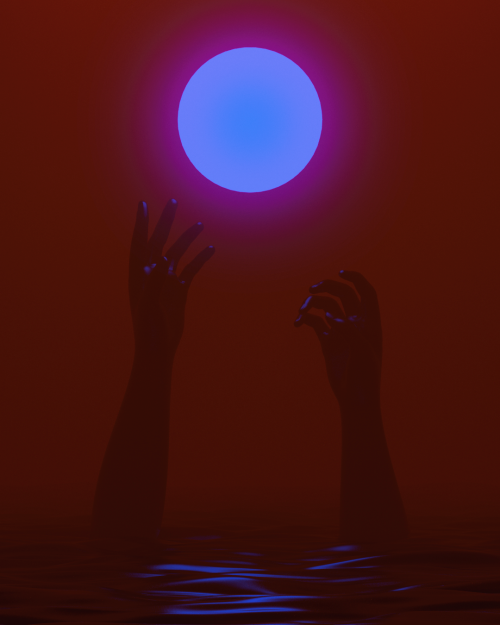
S.2.186
instagram: @fesq.project


The crescent Moon grows as Apollo 12 approaches, 17 November 1969.

please check out my twitch

The Moon says:
"Drink yes from a cup of no."
Atlas V I think :>

Wait, two days? This happened on the 2nd of March 2019. https://youtu.be/2ZL0tbOZYhE

SpaceX Demo-1: ‘Go’ for Launch : Two days remain until the planned liftoff of a SpaceX Crew Dragon spacecraft on the company’s Falcon 9 rocket—the first launch of a commercially built and operated American spacecraft and space system designed for humans. (via NASA)
Can't wait to see Rocketlab recovering first stages! They are made of carbon fibre so they should be a bit more heat resistant than aluminium?

Flight 10 is scheduled for 25 November!
Flight 10 will use S-band telemetry and onboard flight computers to gather data for future first stage recovery.
The first stage will also use a new reaction control system for guided re-entry.
The Moon is unconventionally beautiful
The Moon is round, blotchy, spotty, rough-skinned, 'imperfect'. Try and tell me The Moon isn't beautiful.
Take a picture of The Moon with your phone. Looks bad, right? Cameras have a habit of taking something beautiful and making it look bad.

[Image description: a dark, blurry iPhone picture of the Moon and some distant artificial lights. The only detail that can be made out is the crescent shape. End ID]
Some more facts about The Moon
The surface is darker than asphalt.
It isn't symmetrical. The farside has more craters and less maria than the nearside.
Some people see a face on it. This is known as 'The Man on The Moon'
It takes moonlight 1.2 seconds to reach Earth at the speed of light

Antique map of the Moon by mapsandposters
Artemis is ace I think, and ace counts as not straight, and not straight = gay. This checks out.
[radio voice] this is apollo 11 to houston, the moon is gay. i repeat the moon is gay.
[people cheering in the background]


Halloween costume is just about done 👩🚀🚀


Apollo 16 Lunar Rover Grand Prix
Ever wanted to drive on the moon?
Video







